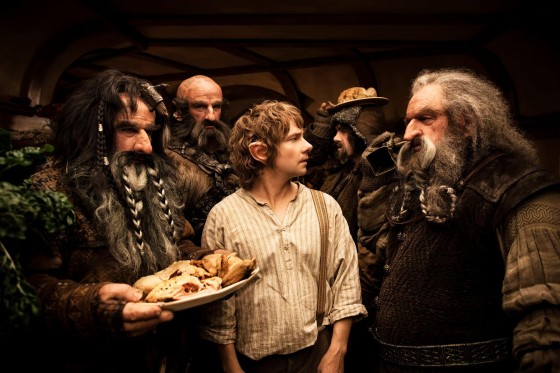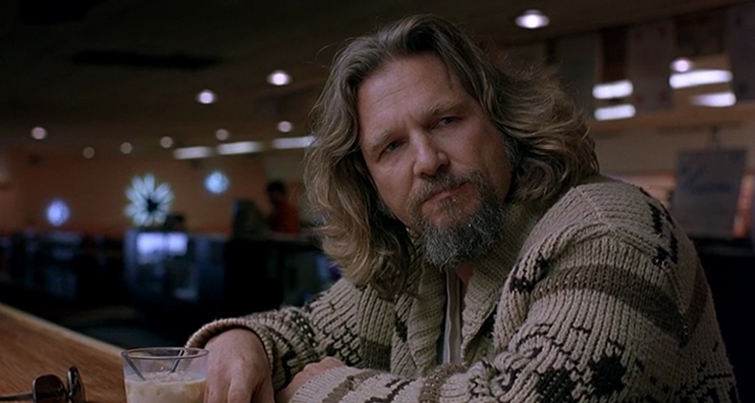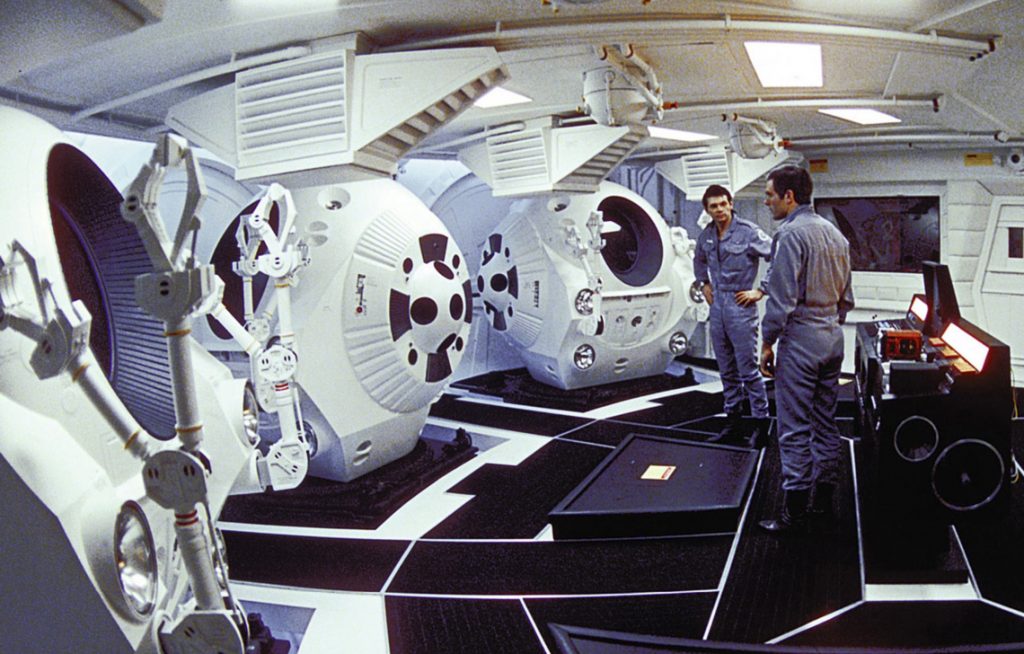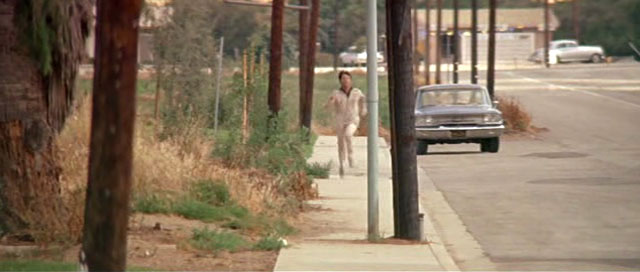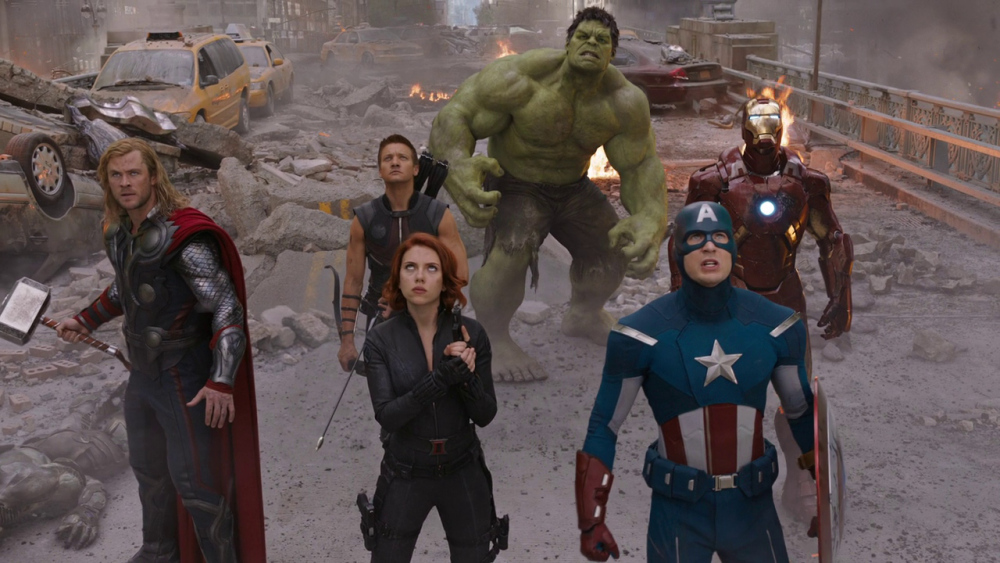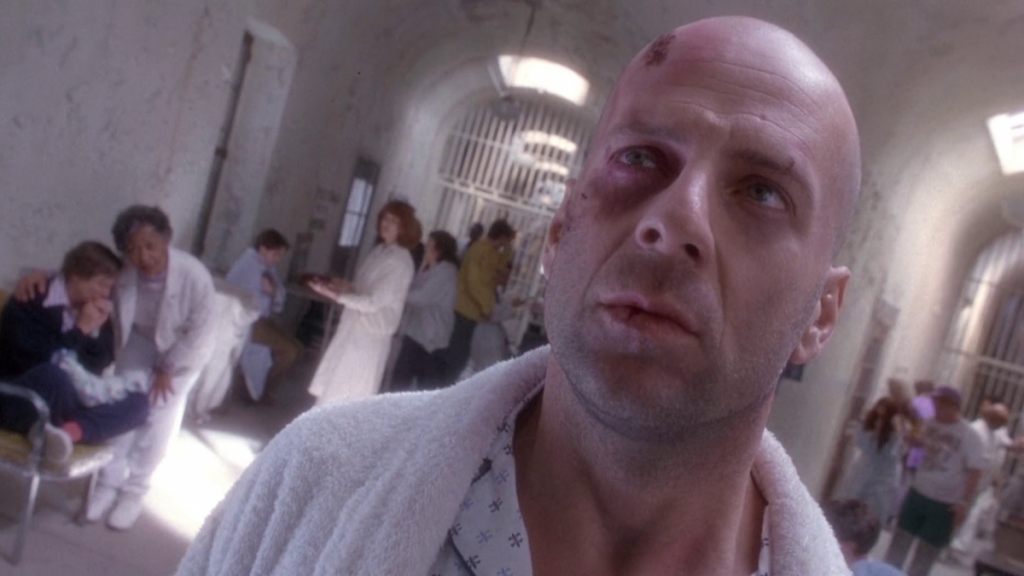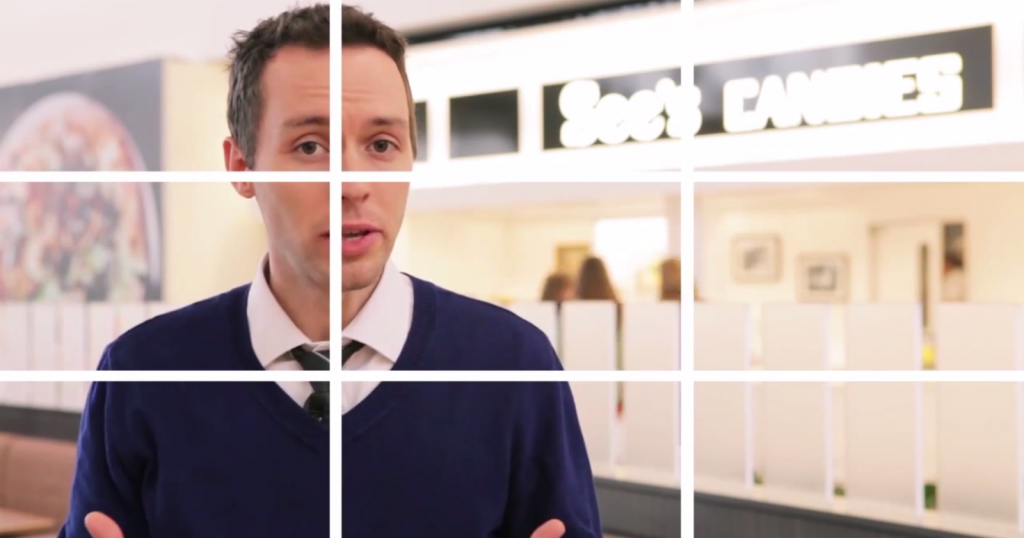In Class
- Intro
- Equipment: cameras, tripods and monopods
- Storing/moving video files for in-class editing
- Syllabus
- Q & A
- Blogging
- –Break–
- Smartphone Cinema
- Framing
- In-Class framing
Notes
Blogging Set Up
username: first initial + last name + 24
2qFaOMmy4^O8myn78p^GP!ZA
I will provide blogging prompts and/or exercises to help you think critically and creatively about the themes each week. Blog posts should be approximately 250-500 words, demonstrate a solid understanding of the readings/screenings and the ongoing themes in the course, be crafted as mini-essays with proper grammar and spelling and include, if requested in the prompts, youtube/vimeo posts, relevant links, quotes and media inserts, etc. This is a chance to learn how to blog well. You are welcome to have your own writing style, but please demonstrate your understanding of the topic by referencing the movies, shorts and readings.
Video assignments/projects should be embedded from your youtube or vimeo accounts as blog post, along with a text introduction. Just paste the full video url in the post and it turns into a player.
As upper-level university students at a Tier 1 research institution, your writing proficiency should reflect that status. We will discuss what makes good blog writing throughout the course.
A:
-posts are a proper and timely response to the week’s reading(s) and prompt
-posts are developed arguments with (if required) supporting evidence (quotes, embedded videos, images etc.)
-posts are around 250-500 words
B: significantly deficient in any one of the above areas
C: significantly deficient in any two of the above areas
D-F: significantly deficient in all 3 of the above areas
Blog Post Test: Introduce yourself to the class in a blog post. What is your background or interest in video? Post a favorite video (from youtube/vimeo- just paste the url onto its own line) that is in a style or approach to video you would like to pursue in this class. Tell us why. Also, screen grab a relevant image for your post, upload and set this image as your Post’s “Featured Image.”
Tools and Resources:
-
- Blogging set-up on wordpress, posting video
- Vimeo or Youtube accounts
- Editing software: Premiere/After Effects
- Adobe Premiere: tutorials, keyboard shortcuts‘
Key Terms:
-
-
- “Digital Cinema” and terms: cinema (the art), film, video, digital video
- Pre-production, Production, Post-production
- Frame>Shot>Scene>Sequence>Acts
-
Framing (camera position)
Variety of camera positions and angles keeps the eyes busy and interested, evokes the space and psychology of characters. Maintaining a single angle or distance reinforces a point of view.
types of camera positions:
ELS – extreme long shot (landscape)

MLS – medium long shot (from knees up)
M – medium (from waist up)
MCU – medium close-up (from chest/shoulders up)
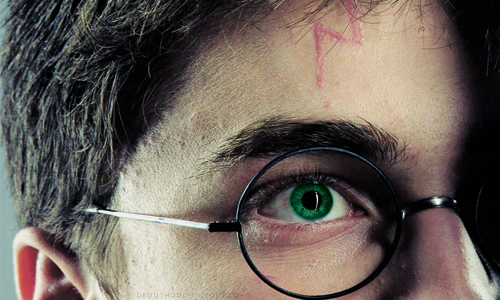
ECU – extreme close-up (portion of face)
lens length:
wide angle = opens space, more distance, more inclusive

telephoto/zoom = collapses space, more intimate, separate from background.
types of camera angles:
high
types of subject compositions:
frontal
3/4 front
left/right profile
3/4 back – over the shoulder, POV
behind
profile two shot
direct to camera two shot
over the shoulder two shot
headroom, look room
subjective/objective styles
rule of thirds in shot composition
Examples
Detour, by Michel Gondry
clips 5:42, 8:19
making of video
from Victoria Mapplebeck
Framing (5%)
DUE Sept 6th (two weeks)
Tell a “story” in 5 shots and in under 30 seconds. Use framing and camera position to narrate a visual story, incident or dramatic reveal. How would you frame a sequence of shots showing a messy kitchen and then the guilty pet in the corner? How would you frame someone anxious about opening up a letter they just picked up at the mailbox?
You may use natural sound and sound effects, but don’t add a music track or voice over. This is an exercise in visual storytelling. Most popular movies begin with a sequence of shots: the setting/landscape followed by medium shots of the subjects and then close-ups to emphasize a detail like a face or object etc. Or a scene can begin with a close-up and slowly reveal the wider context. The point is to connect each shot spatially and much of this is controlled by frame to frame relationships. A wide shot of a person, followed by a close up their eyes will seem as a spatial whole. This is the basic grammar of visual storytelling, using the frame to define sets of relationships in space and time.


